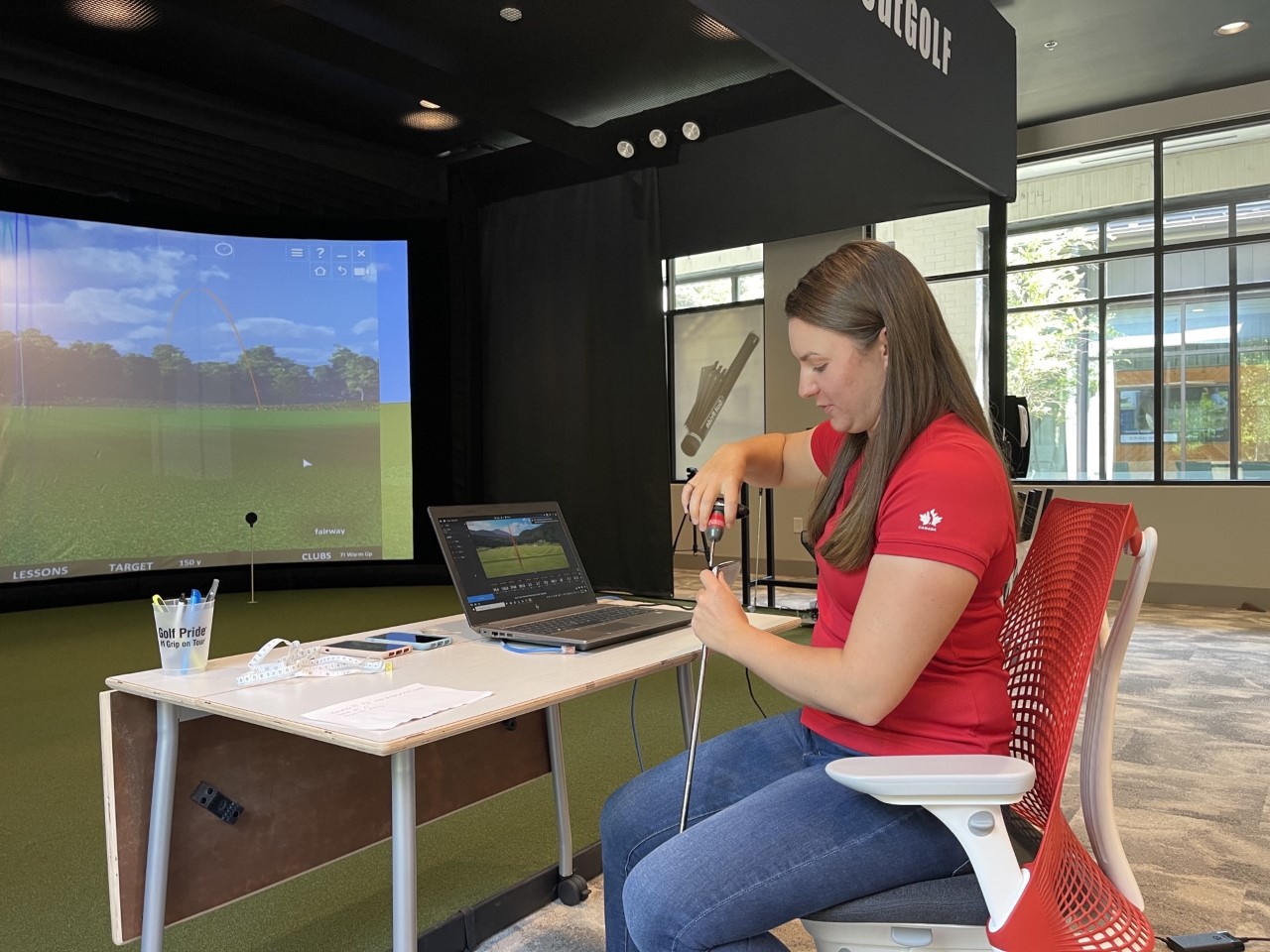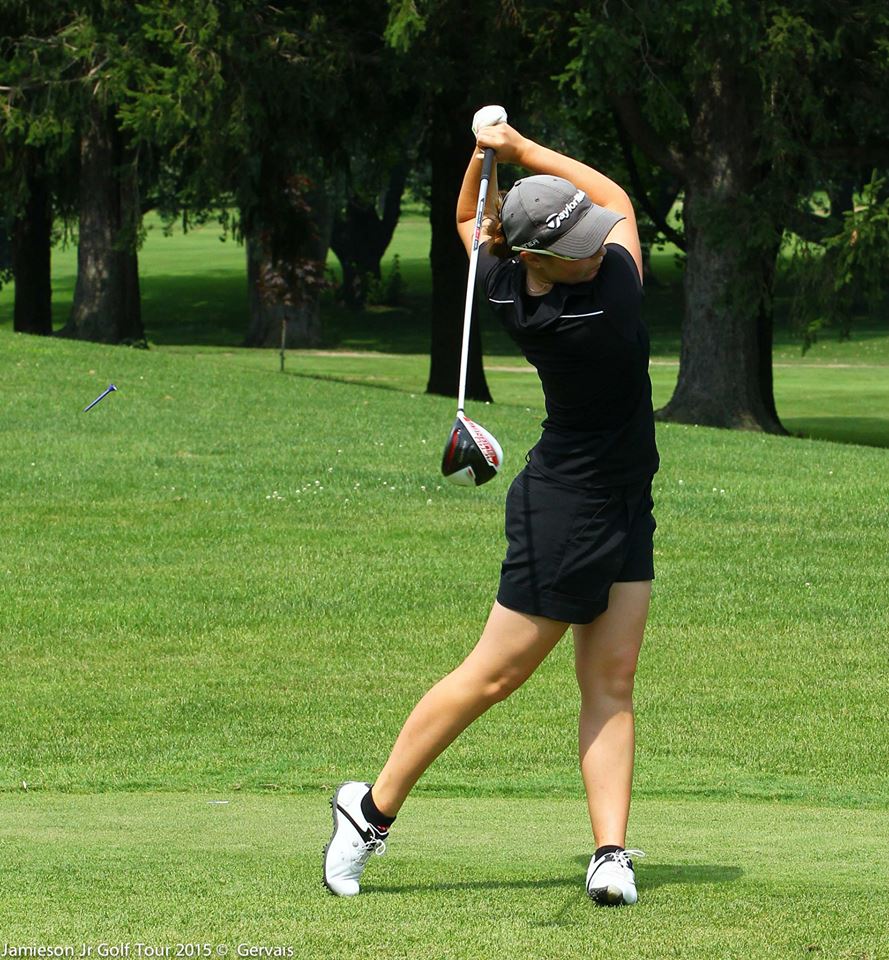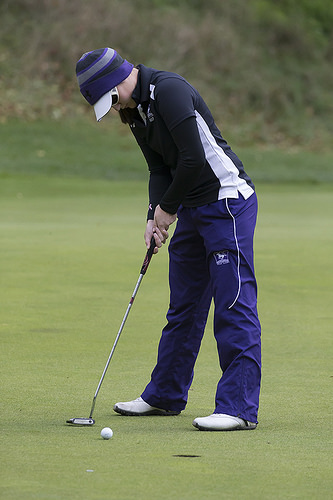Inside The Ropes: The Biomechanics of Golf Grips
Golf Pride Development Engineer Sara Holland was a talented golfer at the college level – and a talented engineering student, too.
Her first-of-its-kind research for her Masters degree focused on biomechanics and how golf grips affected golfers with and without arthritis. It was only natural, then, that she would join Golf Pride after completing her studies.
At our new Global Innovation Center in Pinehurst, Sara’s work will allow Golf Pride to continue to elevate our R&D efforts and make our industry-leading products even better for all golfers.
My research focused on the effects of various golf grip designs on the grip forces exerted during a swing in players with and without hand arthritis, using a system called Finger TPS. There’s not a lot of research out there on golf grips. My professor did not know much about golf, but she specialized in hand biomechanics, and her realm was arthritis, which made our collaboration a good match.
Biomechanics is the movement of the body and the study of how forces move through your body and joints. It’s really fascinating – everything in your body is connected.

After doing my Masters and publishing my thesis, I had the opportunity to come down to Pinehurst for a meeting. I knew I wanted a job in the golf industry after school, so I started networking at Titleist, PING, and some of the other major OEMs.
A connection at PING reached out to Golf Pride. I visited in December of 2019 to do a presentation on my research and was hired a few months later in April 2020 – an interesting time to start.
My position is North American Development Engineer. I work with our main OEM partners on new club launches, new colorways, materials or firmness.
On the research side, I’m working on a project to understand and communicate why grips matter and the connection between biomechanics and grips. There’s very, very minimal research on grips.
For the longest time, (grip selection) has been all about personal feel, but there are commonalities between groups of individuals. So we’re working on gathering actual data on different geometries & how they influence swings.
My research will provide golfers with a better knowledge of what our Golf Pride grips can do for them and which grip will best suit their needs. There has been no quantitative data collected in the past to connect a player’s feel and performance to the grip they’re using. My research will help to change that.
Does a larger grip mean you’re going to fade it more and a smaller grip means you’re going to draw it more – is that really true for the masses? If you go from a Jumbo to an Undersize grip, what changes in performance are you going to see? We’re going to find all of that out, and more.


I didn’t get into golf until I was 15 after playing softball growing up. After playing on some local golf tours in Essex, Ontario, I received a scholarship to play on the golf team at Western University in Ontario, Canada, where I did my Bachelors and Masters degree in Mechanical & Material Engineering with a designation in Musculoskeletal Biomechanics.
There’s golf everywhere here, so I’m on the range 1 or 2 times a week and playing just about every weekend. Even in casual rounds, I’m getting data from people – what feels good, what they prefer, how grips affect their performance. There’s no better place to be if you love golf.